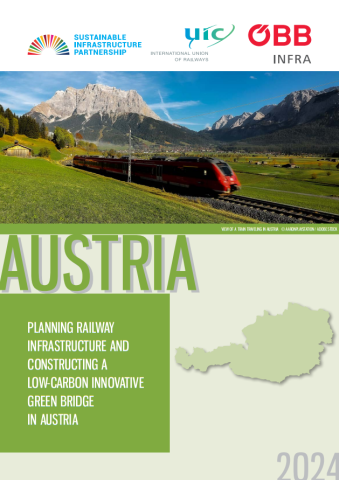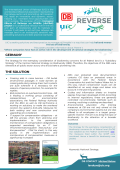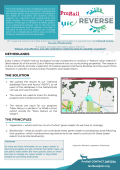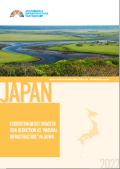
The case study details Austria's innovative approach to addressing the environmental challenges posed by large-scale railway infrastructure projects, particularly through the construction of a green bridge on the Koralmbahn railway line.
The Austrian government, committed to sustainable development, has invested EUR 21.1 billion in its 2024-2029 railway infrastructure framework plan. The Koralmbahn, part of the EU’s Trans-European Transport Network, runs through the Dobrowa forest, a critical wildlife corridor. To mitigate the barrier effect caused by the railway, a green bridge was constructed using a pioneering method called Pneumatic Forming of Hardened Concrete (PFHC). Developed by the Vienna University of Technology, this method significantly reduces the carbon footprint by using 65 per cent less armouring steel and 50 per cent less concrete. The bridge also ensures habitat connectivity, reducing the risk of wildlife-train collisions, especially for large mammals like roe deer and wild boar.
Moreover, the Koralmbahn green bridge project highlights Austria's broader commitment to integrating sustainable transport infrastructure into its national strategies. Austria's Mobility Master Plan 2030 aims for climate-neutral transport by 2040, while the National Biodiversity Strategy 2030+ mandates measures like green bridges to address conflicts between traffic and biodiversity. The Koralmbahn green bridge, the first in the world to use the PFHC method, serves as a model for other regions planning new transport infrastructure, especially in areas where habitat fragmentation is a concern.
Guiding principle #4 Avoiding Environmental Impacts and Investing in Nature, from the International Good Practice Principles for Sustainable Infrastructure.




